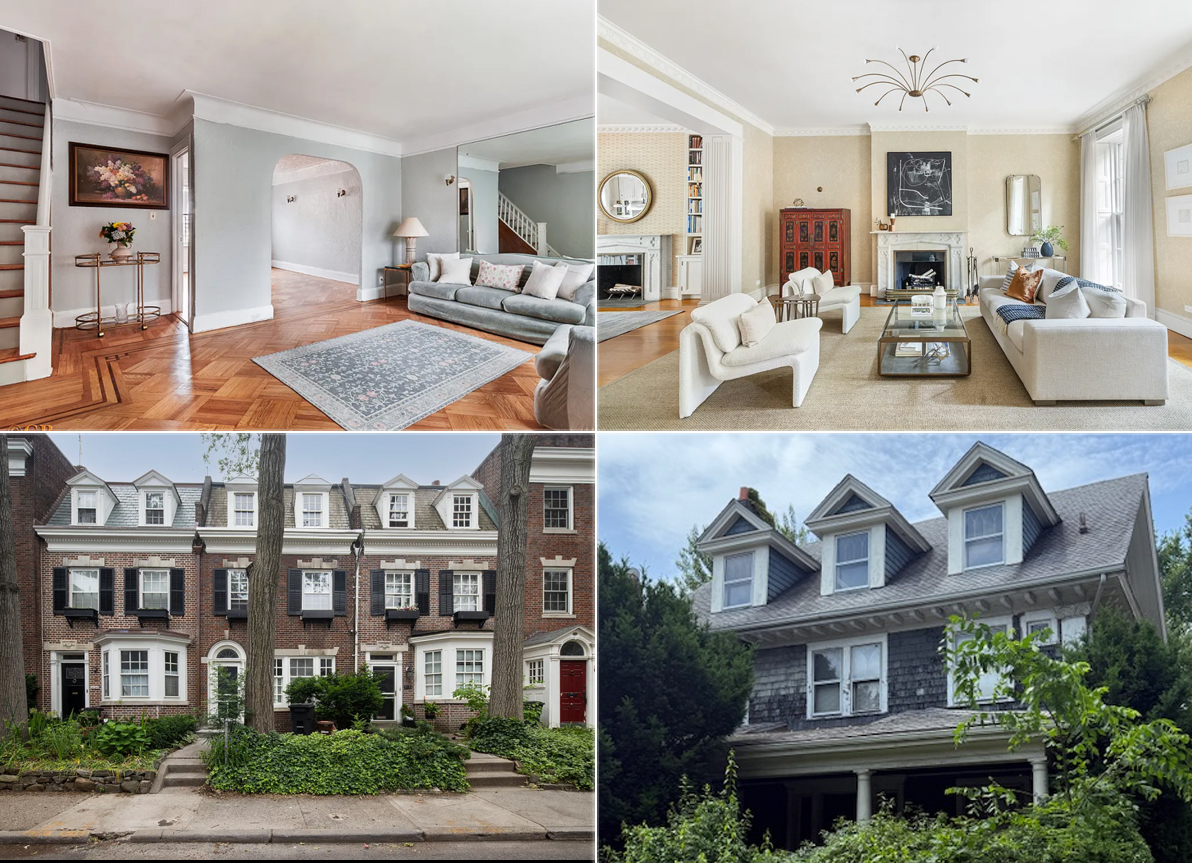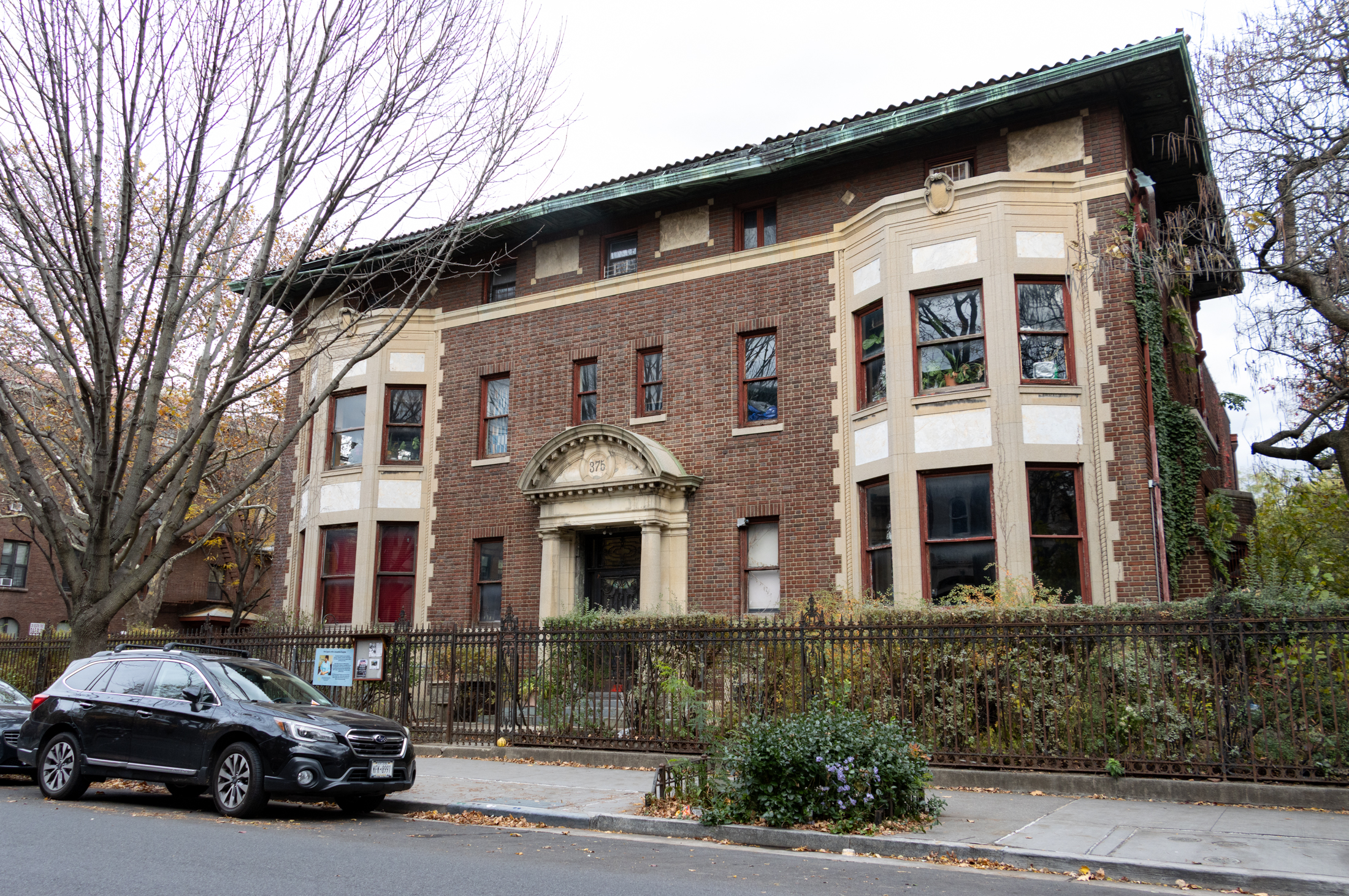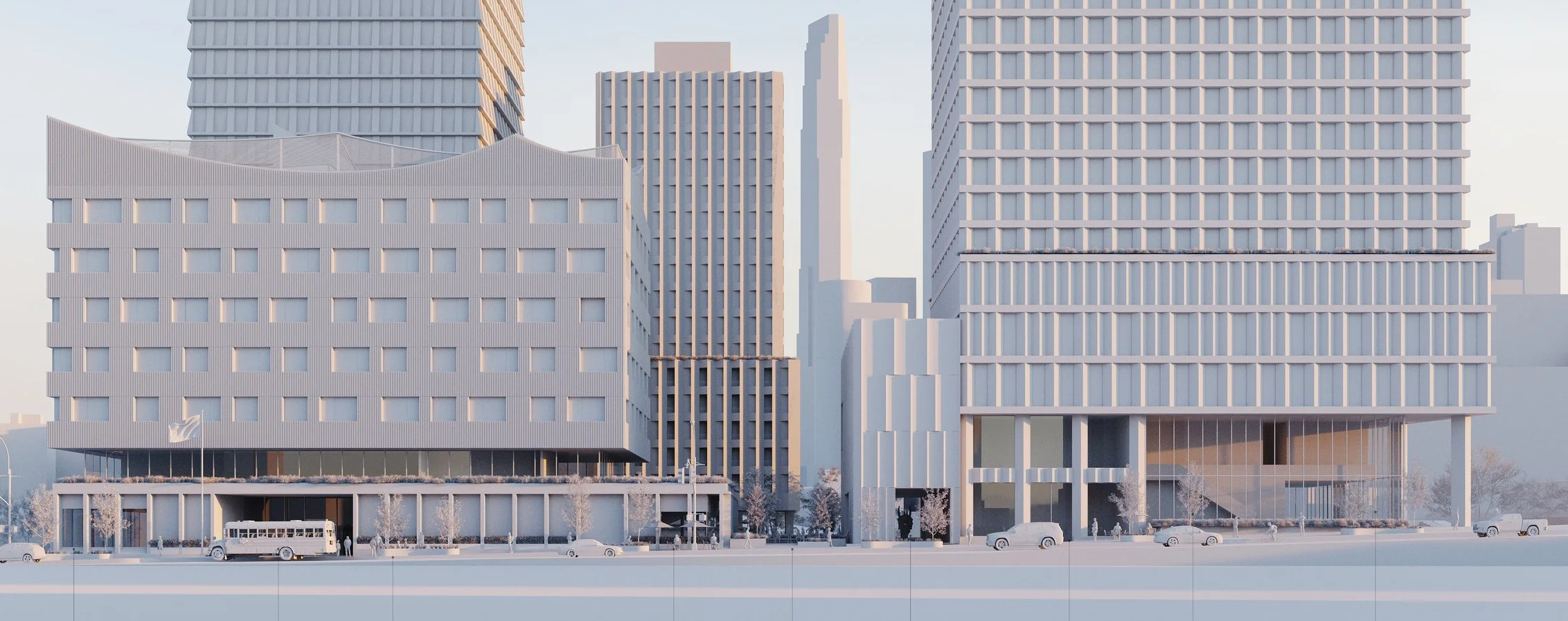Last Rites for The Spalding Building
From Atlantic Yards Report comes the sad news that the Spalding Building at 24 6th Avenue is being prepped to meet its maker. Another clear example of an architectural eyesore that needed to be purged from the blighted neighborhood. Not. Ratner purchased the building for $2,200,000 in August 2009. As far as we can figure…


From Atlantic Yards Report comes the sad news that the Spalding Building at 24 6th Avenue is being prepped to meet its maker. Another clear example of an architectural eyesore that needed to be purged from the blighted neighborhood. Not. Ratner purchased the building for $2,200,000 in August 2009. As far as we can figure out, there’s still that last-minute lawsuit out there involving the building’s air rights too.
The Spalding Building Is Prepared For Its Fate [AYR] GMAP
Photo by Raul Rothblatt





@ ninethreesix: The land will be owned by the ESDC and leased to FCR for 99 years. Ratner constantly uses the phrase “publicly accessible open space,” like MetroTech, which is very different from public space.
One pathetic example of the huge subsidies Ratner/Prokhorov are getting is naming rights. The name of the arena will be the Barclays Center, and at one point Barclays was paying Ratner $400,000,000 for naming rights. That’s like a tenant putting a huge billboard outside their apartment, and the landlord (us, so to speak) doesn’t get a penny.
Yes Grandpa – I am sure mall plots over the railyard would have sold for a fortune -I guess each property owner would have no trouble building their own platform to actually utilize the land!
According to Bruce Ratner (and published by Crains), Atlantic Yards is a private project.
The irony of the destruction of this particular building is that Ratner sold his project using nostalgia. @Rookie: It’s Bruce Ratner who has mythologized the past.
@frsq: “their blight designation constantly reaffirmed as various plans emerged” …by SEQR process that has no relationship to reality. I have read much of the EIS, and I consider it fiction. The EIS is based on the assumption that the whole project will be done in 10 years, and nobody believes that. The MGPP is pretty clear that 25 years is more reasonable.
The “blighted” land could easily have been auctioned off to assorted private developers in 2003 at a hefty profit to the State without any further government subsidy.
End of debate.
How about BAM
9-3-6 – So I assume you dont consider Lincoln Center a public benefit?
No, not at all, unless you could argue that it fulfills a real public need to be able to watch basketball games, and they provided free or very affordable tickets as a public service. But that’s exactly my point – it’s not meeting an important public need or benefit, it’s a private entertainment enterprise, and therefore shouldn’t qualify for ED.
tybur6 – you can suggest that all you want but it is not the law here (or really anywhere) – Old Yankee Stadium was owned by NYC; So is Lincon Center (NYS) So is/was tos of restaurants in NYC public parks, etc, etc, etc
FSRQ —
I would suggest you should only be able to call something a “public commodity” if the public can afford to go inside. Are they also planning on making basketball and concert tickets $15 so a family of 4 could possibly attend an event since it’s a “public commodity”?